

A Rare Treasure: The Work of Maimonides, in His Own Handwriting
The Commentary on the Mishnah was written during Maimonides' travels in the Mediterranean Basin. Rabbi Moses Ben Maimon, also known as Maimonides or the Rambam, was born in Cordoba in the 12th century. His family fled from his native Spain following the rise of the Almohads, a radical Islamic movement. They settled in Morocco but within a few years Maimonides was again forced to flee, this time to the Land of Israel, where he spent five months, until he decided to resettle once again at his final destination – Fustat (Cairo), Egypt. Seven years after beginning work on the Commentary on the Mishnah, Maimonides, now 30 years old, completed his writing in Egypt in the year 1168.

The Commentary on the Mishnah was written during Maimonides' travels in the Mediterranean Basin. Rabbi Moses Ben Maimon, also known as Maimonides or the Rambam, was born in Cordoba in the 12th century. His family fled from his native Spain following the rise of the Almohads, a radical Islamic movement. They settled in Morocco but within a few years Maimonides was again forced to flee, this time to the Land of Israel, where he spent five months, until he decided to resettle once again at his final destination – Fustat (Cairo), Egypt. Seven years after beginning work on the Commentary on the Mishnah, Maimonides, now 30 years old, completed his writing in Egypt in the year 1168.

The Commentary on the Mishnah was written during Maimonides' travels in the Mediterranean Basin. Rabbi Moses Ben Maimon, also known as Maimonides or the Rambam, was born in Cordoba in the 12th century. His family fled from his native Spain following the rise of the Almohads, a radical Islamic movement. They settled in Morocco but within a few years Maimonides was again forced to flee, this time to the Land of Israel, where he spent five months, until he decided to resettle once again at his final destination – Fustat (Cairo), Egypt. Seven years after beginning work on the Commentary on the Mishnah, Maimonides, now 30 years old, completed his writing in Egypt in the year 1168.



The Commentary on the Mishnah (Pirush HaMishnah LaRambam) was written in Judeo-Arabic. It is considered Maimonides’ first great literary work and among the most important commentaries on the six orders of the Mishnah. It was completed just two years after his arrival in Egypt, and Maimonides was soon appointed Nagid (leader) of the local Jewish community.
As we can see from his handwritten comments, Maimonides continued making corrections to his own commentary throughout his life, but the completion of the Commentary on the Mishnah marked his transformation into a well-known and recognized leader of the Jews of Egypt in particular – and the Jews of the Middle East as a whole. He inscribed his work with the following apology:
"We have already completed this composition as we wanted, and here I request of the Exalted and plea before Him that He will save me from mistakes. And whosoever shall find a place within [the commentary] of doubt or there appears to him a better explanation of a law among the laws that I have explained, may he comment on that, and judge me for merit, because what I have taken upon myself is not little or easy to execute [even] for a person of good judgment and a good sense of discernment. And particularly when my heart (mind) was preoccupied in recent times by the travails of the time and what God decreed for us such as the exile and the wanderings about the world, from one end of the world to the other, and perhaps we have been granted a reward for this thing because exile atones for sin. The Exalted knows that there are some laws among them that I composed their interpretation during my journeys on the way, and among them ideas were recorded when I was aboard ships upon the Great Sea…" (translation appears in Job the Patient/Maimonides the Physician: A Case Study in the Unity of Maimonides' Thought, by Jason Kalman, "AJS Review", Volume 32, Issue 1, 2008)

The Commentary on the Mishnah (Pirush HaMishnah LaRambam) was written in Judeo-Arabic. It is considered Maimonides’ first great literary work and among the most important commentaries on the six orders of the Mishnah. It was completed just two years after his arrival in Egypt, and Maimonides was soon appointed Nagid (leader) of the local Jewish community.
As we can see from his handwritten comments, Maimonides continued making corrections to his own commentary throughout his life, but the completion of the Commentary on the Mishnah marked his transformation into a well-known and recognized leader of the Jews of Egypt in particular – and the Jews of the Middle East as a whole. He inscribed his work with the following apology:
"We have already completed this composition as we wanted, and here I request of the Exalted and plea before Him that He will save me from mistakes. And whosoever shall find a place within [the commentary] of doubt or there appears to him a better explanation of a law among the laws that I have explained, may he comment on that, and judge me for merit, because what I have taken upon myself is not little or easy to execute [even] for a person of good judgment and a good sense of discernment. And particularly when my heart (mind) was preoccupied in recent times by the travails of the time and what God decreed for us such as the exile and the wanderings about the world, from one end of the world to the other, and perhaps we have been granted a reward for this thing because exile atones for sin. The Exalted knows that there are some laws among them that I composed their interpretation during my journeys on the way, and among them ideas were recorded when I was aboard ships upon the Great Sea…" (translation appears in Job the Patient/Maimonides the Physician: A Case Study in the Unity of Maimonides' Thought, by Jason Kalman, "AJS Review", Volume 32, Issue 1, 2008)



The Commentary on the Mishnah (Pirush HaMishnah LaRambam) was written in Judeo-Arabic. It is considered Maimonides’ first great literary work and among the most important commentaries on the six orders of the Mishnah. It was completed just two years after his arrival in Egypt, and Maimonides was soon appointed Nagid (leader) of the local Jewish community.
As we can see from his handwritten comments, Maimonides continued making corrections to his own commentary throughout his life, but the completion of the Commentary on the Mishnah marked his transformation into a well-known and recognized leader of the Jews of Egypt in particular – and the Jews of the Middle East as a whole. He inscribed his work with the following apology:
"We have already completed this composition as we wanted, and here I request of the Exalted and plea before Him that He will save me from mistakes. And whosoever shall find a place within [the commentary] of doubt or there appears to him a better explanation of a law among the laws that I have explained, may he comment on that, and judge me for merit, because what I have taken upon myself is not little or easy to execute [even] for a person of good judgment and a good sense of discernment. And particularly when my heart (mind) was preoccupied in recent times by the travails of the time and what God decreed for us such as the exile and the wanderings about the world, from one end of the world to the other, and perhaps we have been granted a reward for this thing because exile atones for sin. The Exalted knows that there are some laws among them that I composed their interpretation during my journeys on the way, and among them ideas were recorded when I was aboard ships upon the Great Sea…" (translation appears in Job the Patient/Maimonides the Physician: A Case Study in the Unity of Maimonides' Thought, by Jason Kalman, "AJS Review", Volume 32, Issue 1, 2008)

Five of six parts of this copy of the Commentary on the Mishnah, written in Maimonides' own handwriting, have survived to this day. The Moed and Nashim sections are kept at the National Library of Israel. The Zeraim, Nezikin and Kedoshim sections are kept at the University of Oxford’s Bodleian Library. There is, however, one place where the five parts that are known to still exist can all be found online: the National Library of Israel website. The sixth section, Tehorot, remains lost.

Five of six parts of this copy of the Commentary on the Mishnah, written in Maimonides' own handwriting, have survived to this day. The Moed and Nashim sections are kept at the National Library of Israel. The Zeraim, Nezikin and Kedoshim sections are kept at the University of Oxford’s Bodleian Library. There is, however, one place where the five parts that are known to still exist can all be found online: the National Library of Israel website. The sixth section, Tehorot, remains lost.

Five of six parts of this copy of the Commentary on the Mishnah, written in Maimonides' own handwriting, have survived to this day. The Moed and Nashim sections are kept at the National Library of Israel. The Zeraim, Nezikin and Kedoshim sections are kept at the University of Oxford’s Bodleian Library. There is, however, one place where the five parts that are known to still exist can all be found online: the National Library of Israel website. The sixth section, Tehorot, remains lost.



tab1img1=Maimonides' Commentary on the Mishnah, considered his first great literary work
tab2img2=Maimonides. He wrote the Commentary on the Mishnah during his wanderings
tab3img1=Maimonides’ handwritten Commentary on the Mishnah




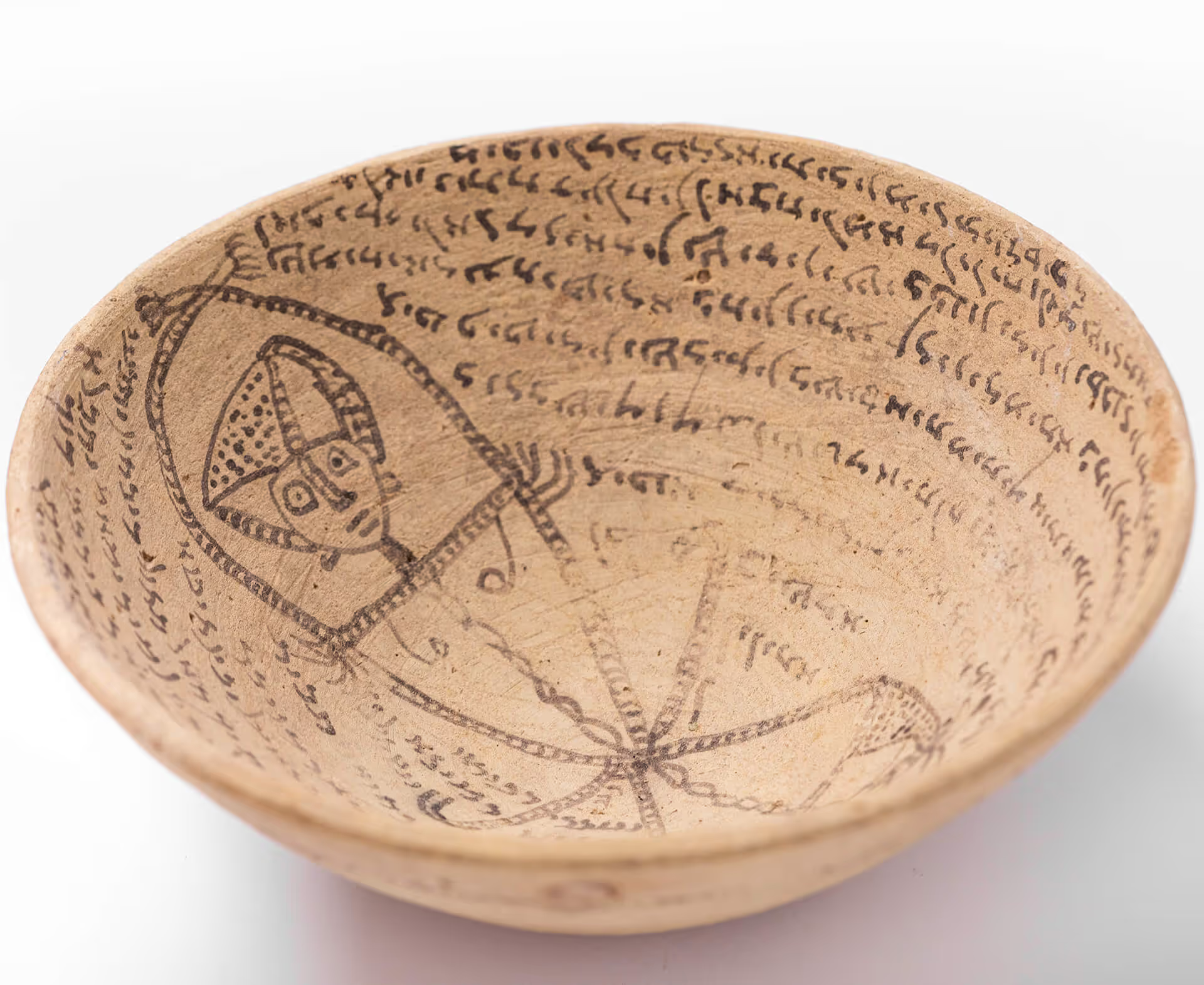
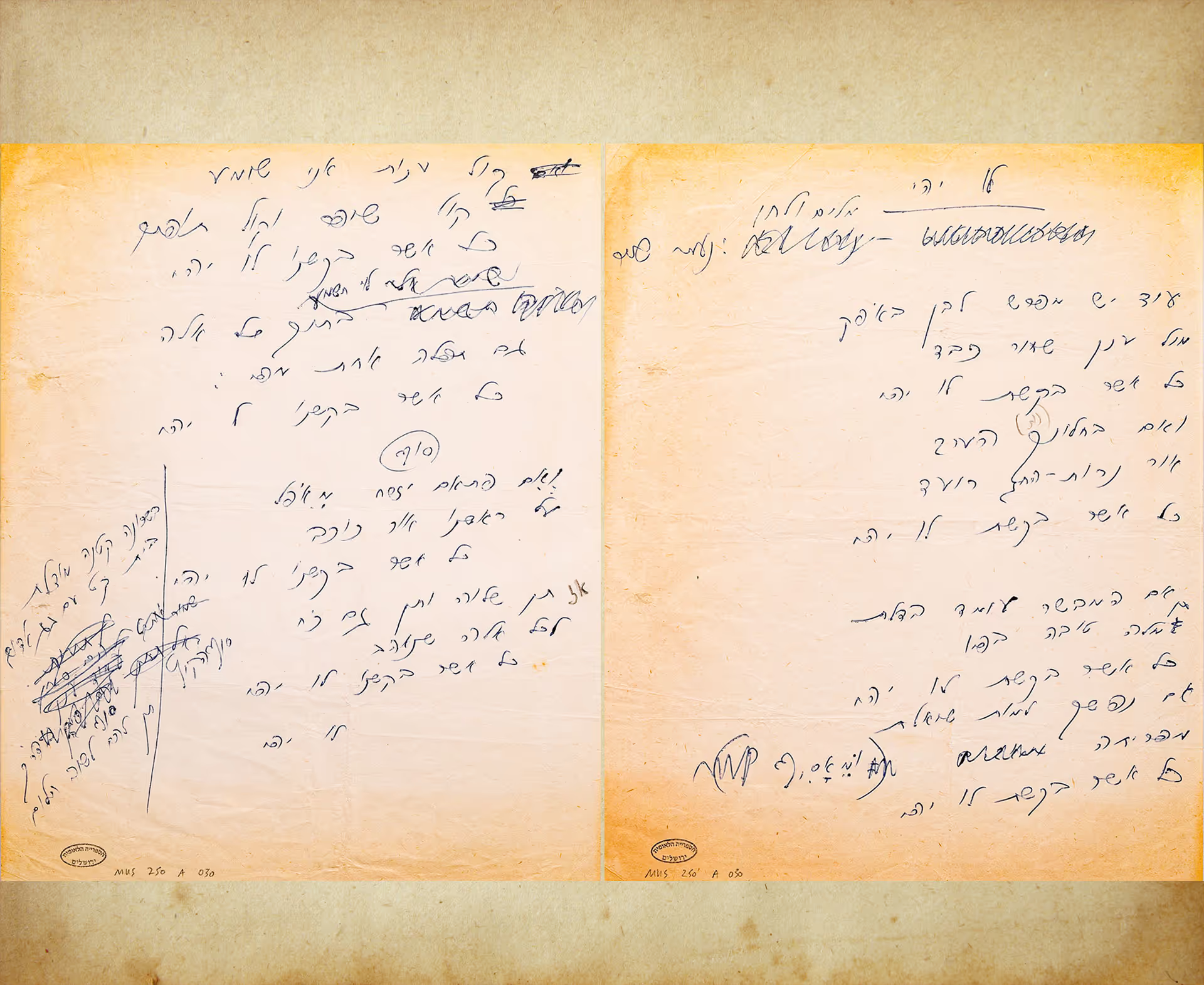
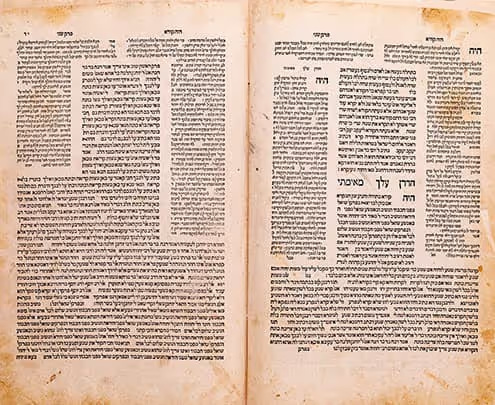







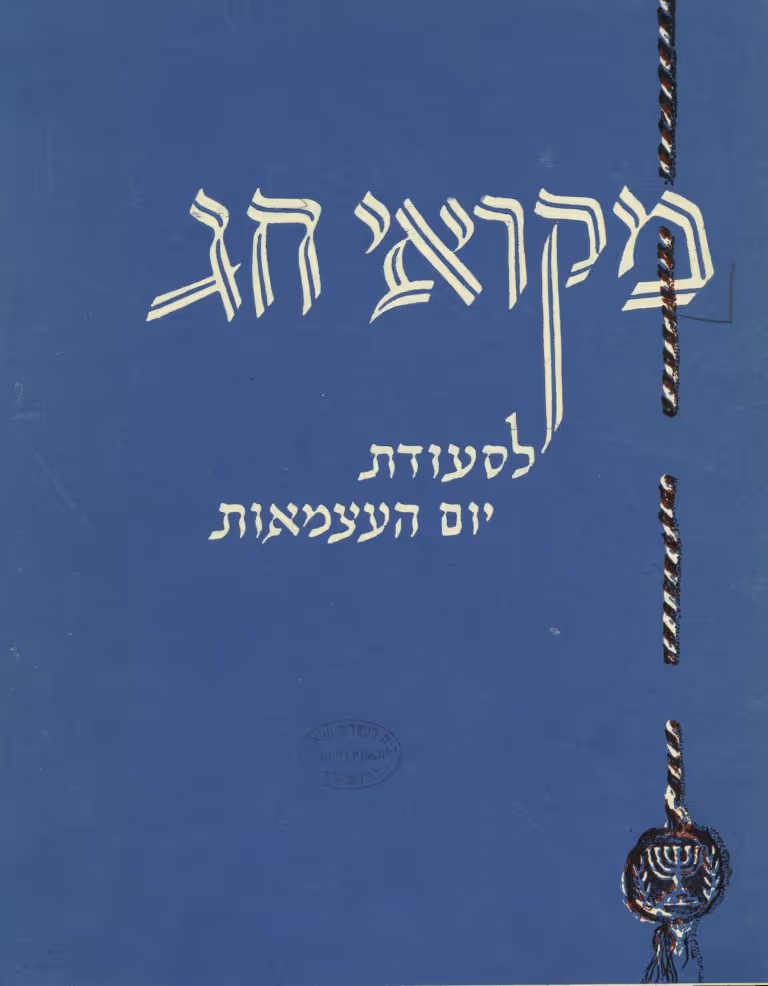
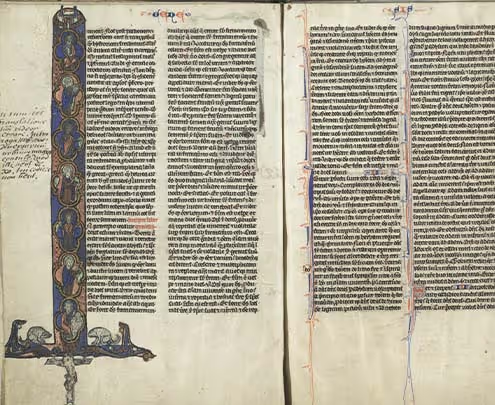

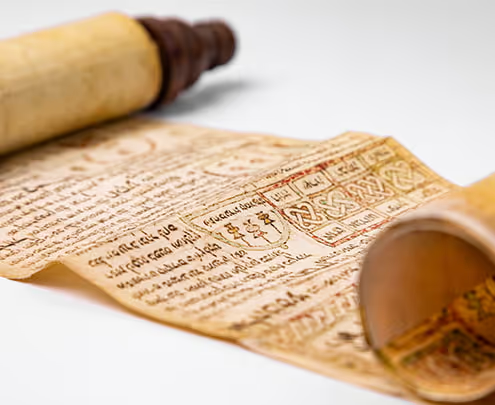


.avif)
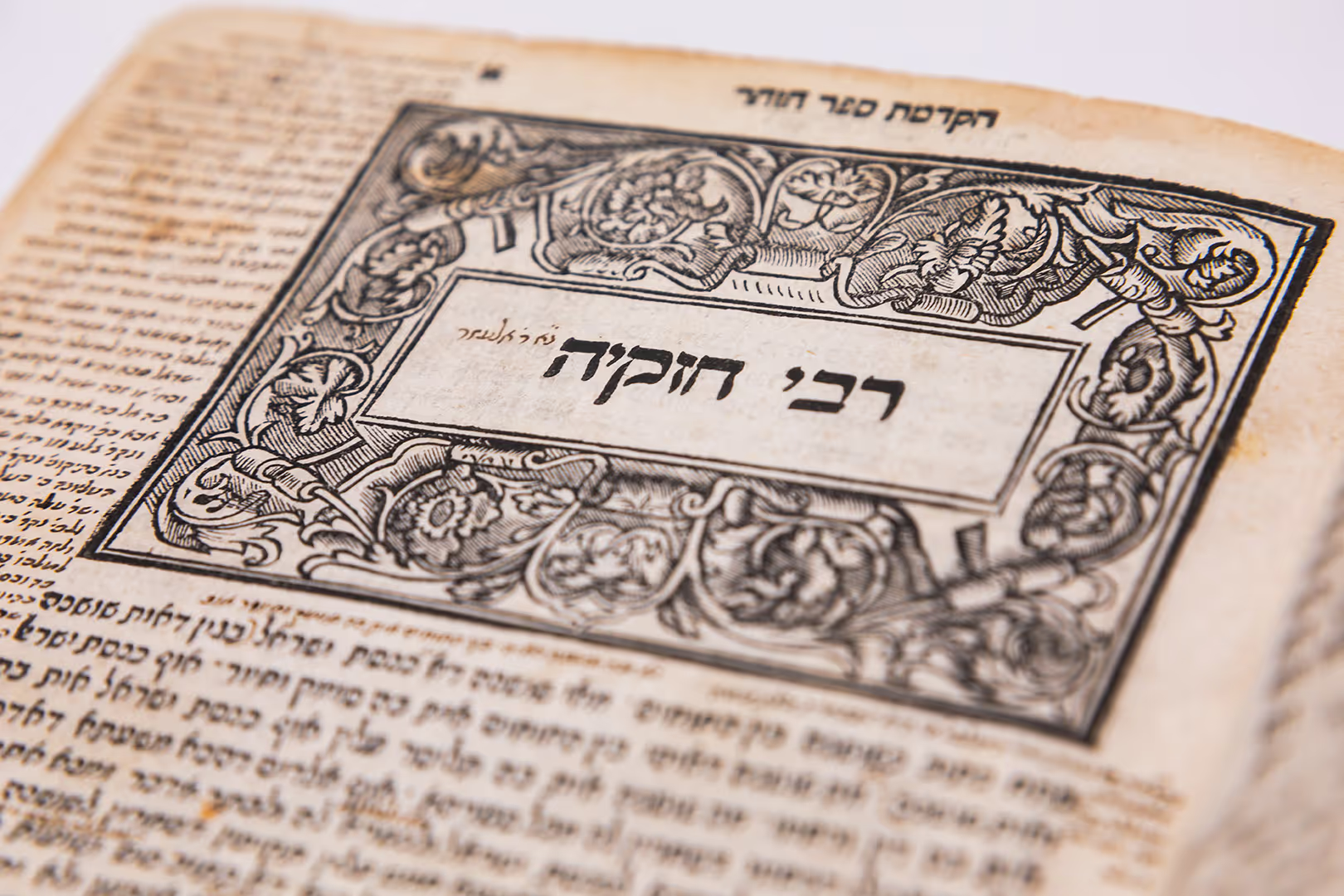





.svg)





